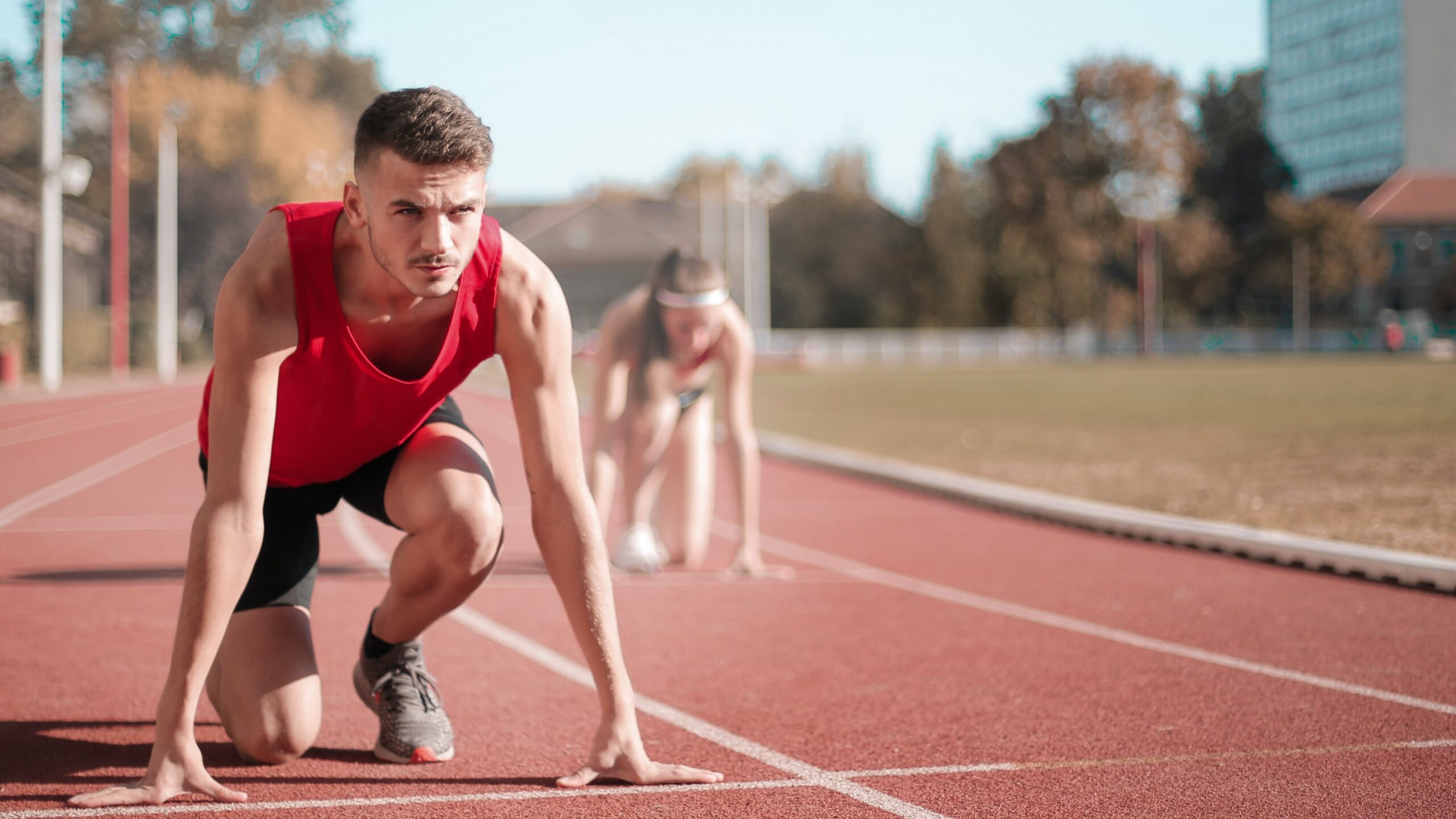Cross training shoes are specially designed shoes that cater to the needs of people who engage in various activities like running, jumping, weight lifting, and many more. They are versatile shoes that provide adequate support and protection while engaging in multiple activities. However, finding the perfect cross training shoes can be a daunting task, especially with the countless options available in the market. In this article, we will discuss some tips to help you find the perfect cross training shoes.

Determine your needs
The first step to finding the perfect cross training shoes is to determine your needs. You need to identify the activities you engage in and the level of intensity involved. Different cross training shoes cater to different needs, and finding the perfect fit depends on the level of intensity involved in your activities. If you engage in high-intensity activities like weightlifting or running, you need shoes that provide adequate support and stability.
Consider the fit
The fit is a critical factor when it comes to choosing the perfect cross training shoes. Ill-fitting shoes can cause discomfort, blisters, and even injuries. When selecting cross training shoes, ensure they fit comfortably with no pressure points or areas of discomfort. The shoes should be snug and not too tight or loose, providing adequate support for your feet and preventing them from sliding around inside the shoes.
Check the cushioning
Cushioning is another important factor to consider when selecting cross training shoes. Different activities require varying levels of cushioning, and the shoes you select should cater to your specific needs. If you engage in activities that require a lot of jumping and impact, like plyometrics or box jumps, you need shoes with adequate cushioning to absorb the shock and prevent injuries.
Look for support
Cross training shoes require adequate support to prevent injuries and provide stability. Shoes with proper support help to distribute the weight evenly across your feet, preventing your ankles and knees from bearing the brunt of the activity. Look for shoes with proper arch support, ankle support, and lateral support to provide stability during lateral movements.
Consider the weight
The weight of cross training shoes is another critical factor to consider when selecting the perfect fit. If you engage in high-intensity activities like running or jumping, you need shoes that are lightweight and allow for free movement. Heavy shoes can slow you down, limit your mobility, and cause fatigue.
Look for durability
Cross training shoes go through a lot of wear and tear due to the various activities involved. Therefore, it is essential to look for shoes that are durable and can withstand the rigors of the activity. Look for shoes made from high-quality materials that can withstand the wear and tear of daily use. The sole of the shoes should be made from durable materials that provide adequate traction and prevent slips and falls.
Consider the style
While style may not be a critical factor when selecting cross training shoes, it is still an important consideration. Cross training shoes come in various styles, and selecting a shoe that fits your style preference can motivate you to engage in your activities. Look for shoes that match your workout gear and reflect your personality.
Try before you buy
Lastly, it is essential to try on cross training shoes before making a purchase. Different brands have different sizing, and trying on shoes can help you determine the perfect fit. Walk around in the shoes and engage in some movements to determine their comfort and support level. Additionally, try on the shoes with the socks you usually wear during your activities to ensure they fit comfortably.
In conclusion, finding the perfect cross training shoes requires careful consideration of various factors. Determine your needs, consider the fit, cushioning, support, weight, durability, and style, and try on the shoes before making a purchase. With these tips, you can find the perfect cross training shoes that cater to your specific needs and provide adequate support and protection during your activities. Additionally, it is essential to invest in high-quality shoes that will last long and prevent injuries caused by low-quality shoes.
When it comes to cushioning, there are three types of cushioning to consider – gel, air, and foam. Gel cushioning is ideal for shock absorption and provides good stability. Air cushioning is lightweight and provides excellent shock absorption, making it ideal for high-impact activities. Foam cushioning provides excellent support and is ideal for low-impact activities.
In terms of support, it is essential to look for shoes that provide adequate arch support, especially if you have flat feet or high arches. Shoes with lateral support are also essential, as they provide stability during side-to-side movements like cutting or jumping. Ankle support is also crucial, especially if you engage in activities that involve quick directional changes like tennis or basketball.
The weight of the shoe is also an important factor to consider. Lightweight shoes are ideal for high-intensity activities like running or jumping as they allow for free movement and prevent fatigue. However, if you engage in weightlifting or strength training, shoes with a bit of weight can provide added stability during lifts.
When it comes to style, there are many options available, ranging from minimalist to flashy. While style may not be a critical factor, selecting a shoe that matches your workout gear and reflects your personality can motivate you to engage in your activities and feel confident while doing so.
In summary, finding the perfect cross training shoes requires a combination of factors that cater to your specific needs. Consider the fit, cushioning, support, weight, durability, and style when making a purchase and try on the shoes before making a decision. With the right pair of shoes, you can engage in your activities with confidence, knowing that your feet are adequately supported and protected.
